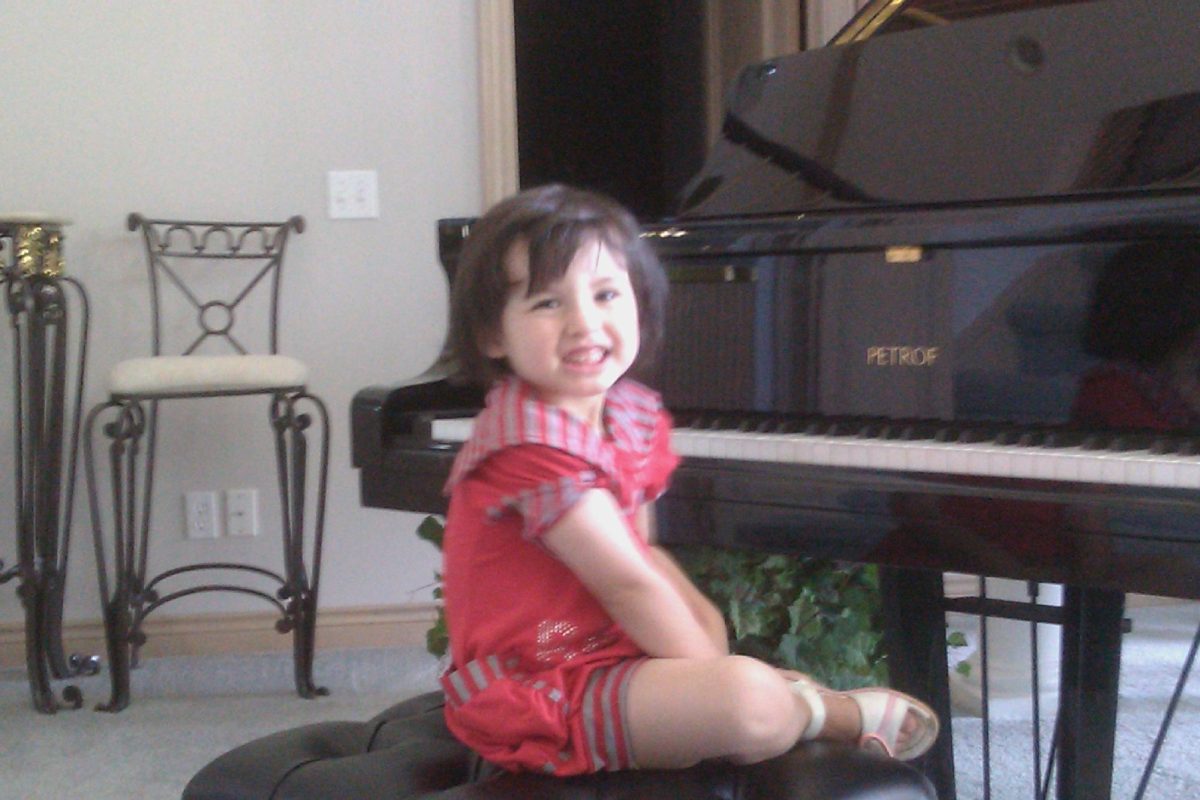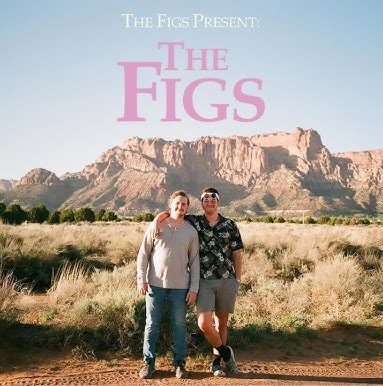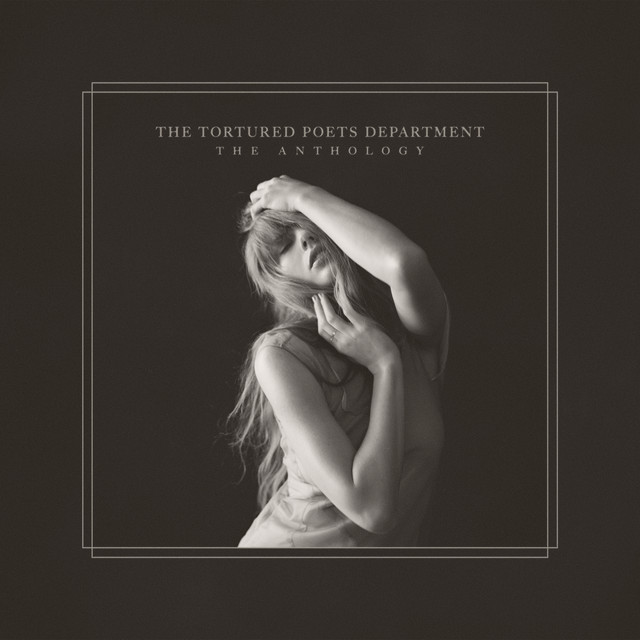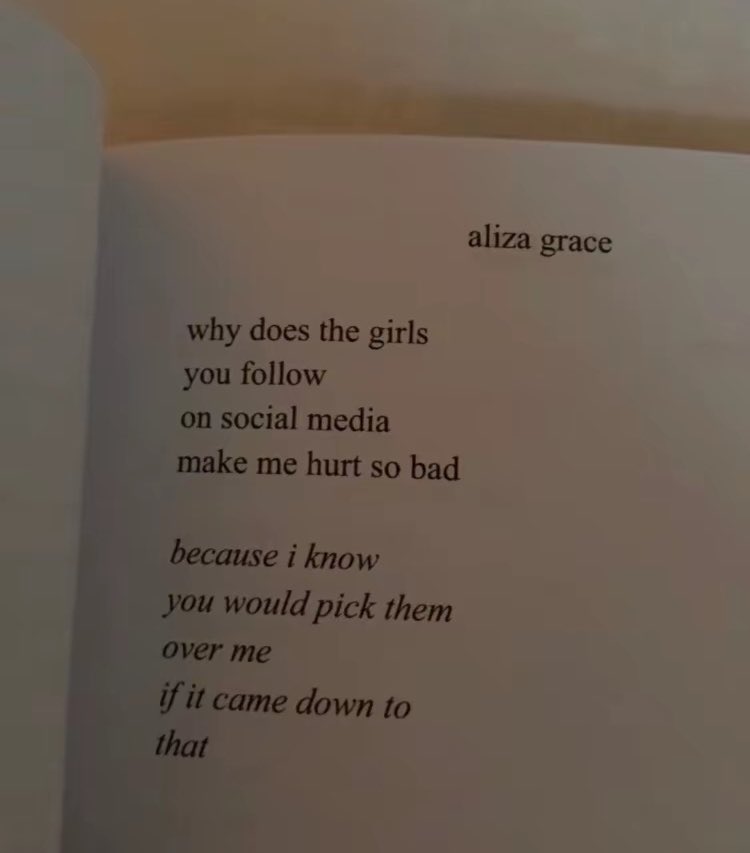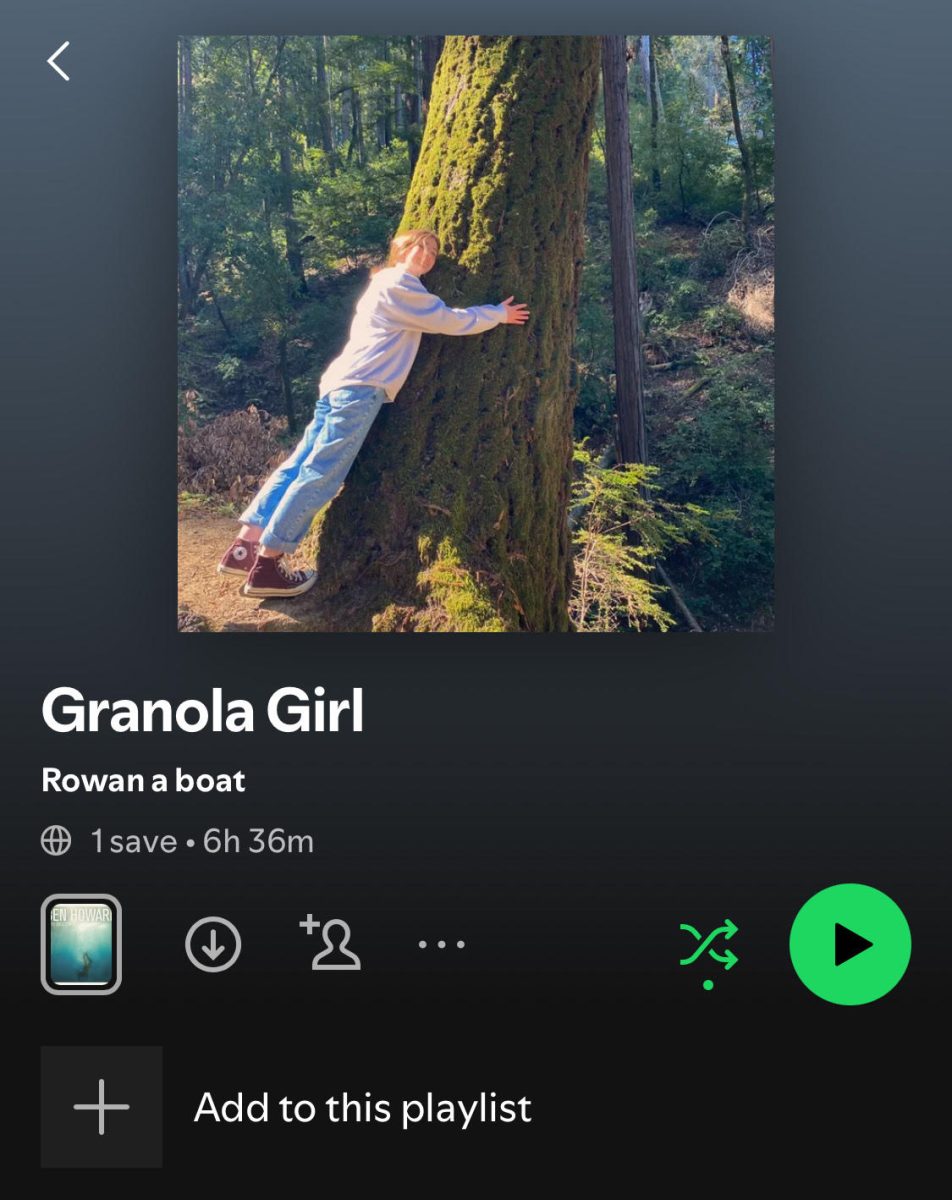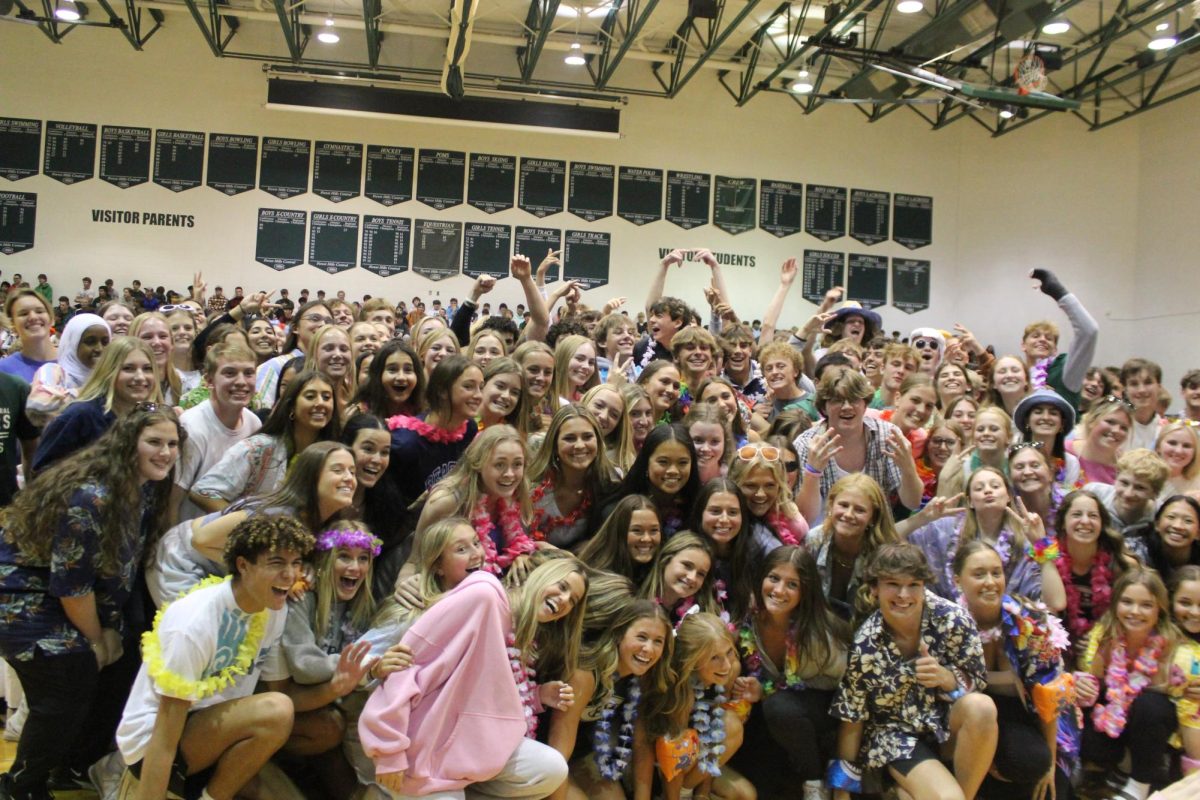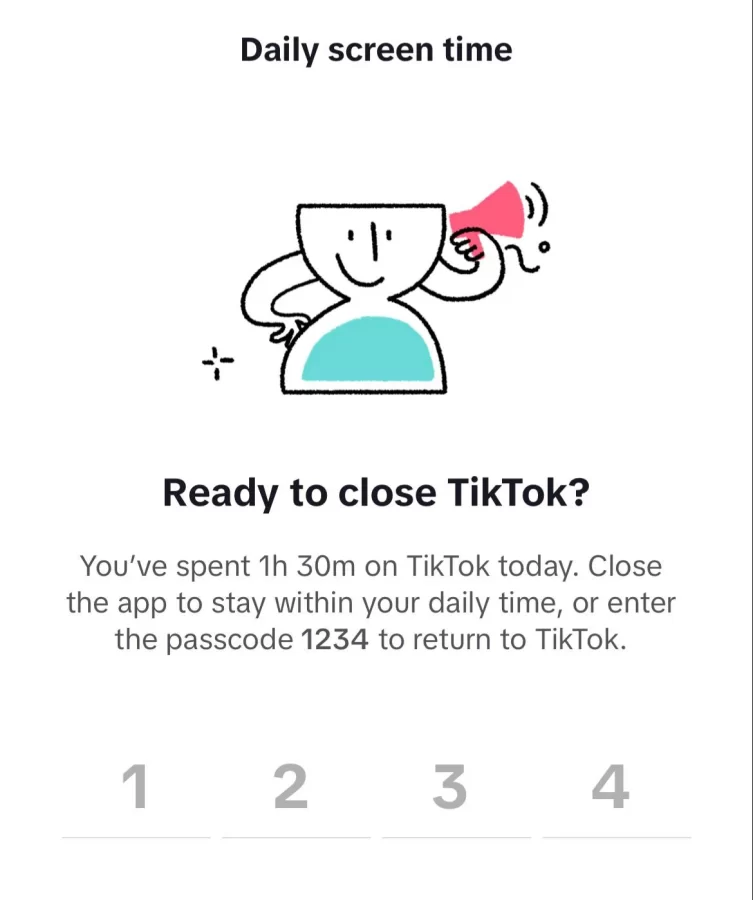Is TikTok’s new feature a blessing or a curse?
It was Tuesday evening when it happened. I had just gotten back from school, and instead of doing my homework straight away, I decided to scroll on TikTok to unwind a little from the stressful school day.
I have no idea how long I was scrolling through my For You Page when my screen was suddenly blocked with a pop-up.
To my surprise, an image accompanied by text said, “Daily screen time limit. Are you ready to close TikTok?” and asked me to insert a password of 1234 if I wanted to continue.
I entered the laughably simple password and continued, understandably confused about what just happened.
Turns out, that pop-up was a part of TikTok’s new 60-minute screen time limit initiative: a feature made to help reduce the amount of time teenagers under 18 spend on TikTok.
This feature, I think, is an absolute failure in both its purpose and function, as well as a poor attempt made by TikTok to claim it has any “good intentions” toward teenagers.
I know that’s a controversial take on what seems to be a very progressive act made to decrease internet use to combat phone addiction—which is a major problem that needs to be addressed, especially in kids and teenagers—but TikTok’s motivation for this feature comes with a bucketload of seemly indifferent actions, dubious reasoning, and suspicious timing.
For example, the official TikTok announcement for the addition of the new daily screen time limit feature, posted under the Safety category on their website, was titled “New features for teens and families on TikTok” and was released on March 1, 2023.
That announcement was made only days before the CEO of TikTok was to be made to testify against Congress on March 23 for its connections to the Chinese government and accusations of collecting data on its users and selling it.
It may be wrong of me to assume, but these events simply can’t be arbitrary from one another. These timings are just too perfect to be coincidental or unplanned, and the backing TikTok gets for the Congress case is monumental.
After all, lawmakers can’t make an argument against the negative effects TikTok can have on teenagers—promoting addictive algorithms, allowing harmful influences, causing devolving mental health, or self-esteem, etc.—if TikTok is publicly implementing restrictions to “help” solve them.
And, sadly, these actions undertaken by TikTok to promote restrictions on daily screen time aren’t effective.
TikTok claims that “research also shows that being more aware of how we spend our time can help us be more intentional about the decisions we make.” However, there is no conclusive evidence that supports that theory.
As a teenager myself, I can say confidently that this method of intervention is weak at best. The password is a simple four-step input and teenagers—13 to 17—are more likely going to be thinking about how inconvenient the process is rather than getting off the app.
And, the limits set for teenagers under 12 are easily avoidable; after all, you can always lie about your age to get out of having restrictions or parental passwords since there is no obligation to provide proof of age.
Furthermore, Douyin, the Chinese version of TikTok, has far more strict limitations for its users under 12, implementing a 40-minute screen time limit and blocking the use of the app overnight.
But, even if stricter restrictions were to be made like the ones on Douyin, I sincerely don’t believe that it would go a long way in limiting screen time on apps with teenagers.

Ava is a senior entering her second year writing for the Central Trend. She strives to be a passionate writer, hopelessly curious about all topics, and...
















